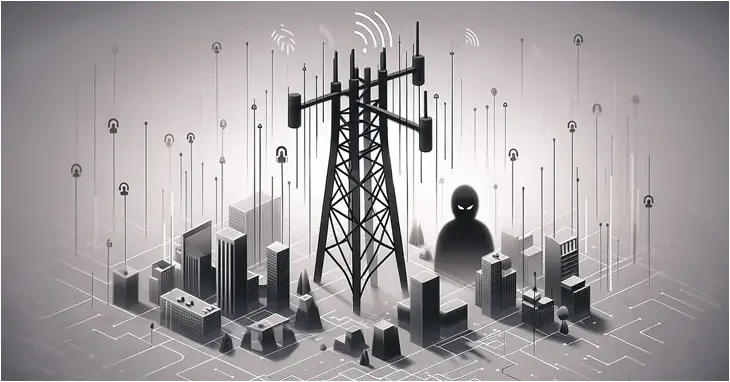Russian Hackers Had Covert Access to Ukraine’s Telecom Giant for Months
Ukrainian cybersecurity authorities have disclosed that the Russian state-sponsored threat actor known as Sandworm was inside telecom operator Kyivstar’s systems at least since May 2023.
The development was first reported by Reuters.
The incident, described as a “powerful hacker attack,” first came to light last month, knocking out access to mobile and internet services for millions of customers. Soon after the incident, a Russia-linked hacking group called Solntsepyok took responsibility for the breach.
Solntsepyok has been assessed to be a Russian threat group with affiliations to the Main Directorate of the General Staff of the Armed Forces of the Russian Federation (GRU), which also operates Sandworm.
The advanced persistent threat (APT) actor has a track record of orchestrating disruptive cyber attacks, with Denmark accusing the hacking outfit of targeting 22 energy sector companies last year.
Illia Vitiuk, head of the Security Service of Ukraine’s (SBU) cybersecurity department, said the attack against Kyivstar wiped out nearly everything from thousands of virtual servers and computers.
The incident, he said, “completely destroyed the core of a telecoms operator,” noting the attackers had full access likely at least since November, months after obtaining an initial foothold into the company’s infrastructure.
“The attack had been carefully prepared during many months,” Vitiuk said in a statement shared on the SBU’s website.
Kyivstar, which has since restored its operations, said there is no evidence that the personal data of subscribers has been compromised. It’s currently not known how the threat actor penetrated its network.
It’s worth noting that the company had previously dismissed speculations about the attackers destroying its computers and servers as “fake.”
The development comes as the SBU revealed earlier this week that it took down two online surveillance cameras that were allegedly hacked by Russian intelligence agencies to spy on the defense forces and critical infrastructure in the capital city of Kyiv.
The agency said the compromise allowed the adversary to gain remote control of the cameras, adjust their viewing angles, and connect them to YouTube to capture “all visual information in the range of the camera.”
A considerable amount of time and effort goes into maintaining this website, creating backend automation and creating new features and content for you to make actionable intelligence decisions. Everyone that supports the site helps enable new functionality.
If you like the site, please support us on “Patreon” or “Buy Me A Coffee” using the buttons below
To keep up to date follow us on the below channels.


